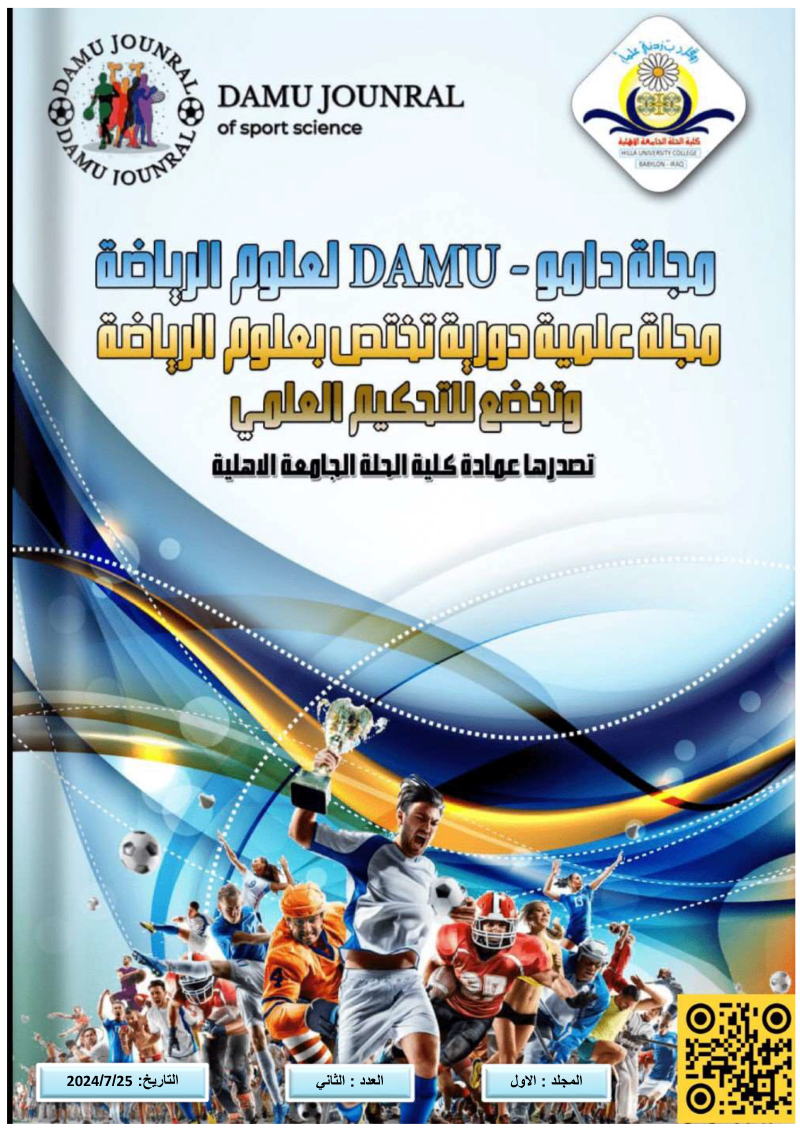The effectiveness of a learning approach based on the Stofflett & Stoddart model in learning the tennis serve for students
Keywords:
learning approach, Stofflett & Stoddart model, tennisAbstract
Through the experience of the researchers in the field of tennis and due to the difficulty of tennis skills in performing and learning the skills because tennis skills are open skills that require motor programs and thinking about performing the shot, how to perform the shot and where to perform the shot, and retrieving previous information and benefiting from it at the appropriate time.
Therefore, the researchers decided to use one of the educational models to solve this problem by preparing a learning curriculum according to the (Stofflatt & Stoddart) model for learning the tennis serve for students.
The researchers used the experimental method in the style of two equal groups (control and experimental) with a pre- and post-test to suit the research requirements.
The research community was determined by the students of the third stage - College of Physical Education and Sports Sciences / University of Karbala for the academic year (2023-2024 AD), who numbered (90) students.
The aim of the research is to: prepare a learning curriculum according to the (Stofflett & Stoddart) model in learning the tennis serve for students and know its effect.
As for the most important conclusions:
The use of the educational approach based on the Stoffett & Stoddart model has achieved a clear improvement in learning the tennis serve for students. This approach has helped increase educational situations similar to the playing situation, which has helped students provide real responses. Using the stages and steps of the Stoffett & Stoddart model has made the student active throughout the lesson, which is a positive role. What he performs while thinking for himself gives him greater opportunities to focus and remember what he learned and understood. The students’ application of the skills they learned using the Stoffett & Stoddart model helped enhance their self-confidence and gain positive attitudes towards learning and the educational process. The exercises prepared by the researcher were characterized by steps and stages of progression in an organized manner in accordance with With the five stages of the model, it helped students learn to serve in a way that achieves the goal and purpose of the educational process.








